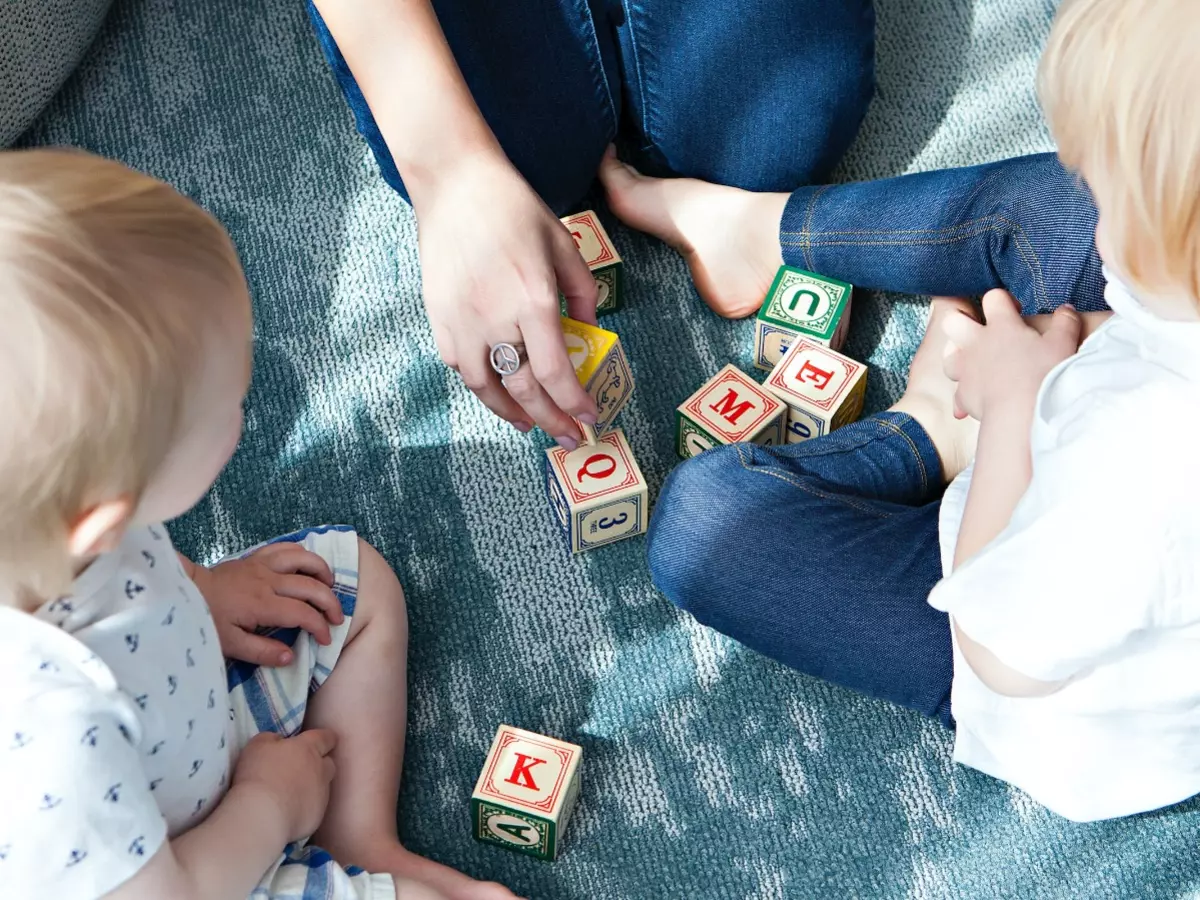Explained: Gender-Neutral Parenting In The Contemporary World
Gender refers to socially constructed roles, behaviors, and norms assigned to women, men, girls, and boys, as well as relationships with each other. As it is socially constructed, it varies in different societies and evolves over a period of time.

Gender refers to socially constructed roles, behaviours, and norms assigned to people based on their perceived sex. This defines their relationships with each other and varies in different societies, always evolving over time.
How does gender manifest?
Gender is hierarchical and produces inequalities in a society, including behaviours that are taught from childhood.
These days, many parents choose gender-neutral parenting when raising their children. This form of parenting encourages children to explore the world and express themselves in their own way without being limited by traditional gender roles.
Being gender-neutral doesn¡¯t mean parents deny their child¡¯s developing gender. Without imposing any gender-based limits, it allows children to explore their interests and identities freely.
 Unsplash/Representational Image
Unsplash/Representational Image
The most common approach to gender-neutral parenting is to support a child¡¯s freedom of expression. It starts by providing children with a variety of toys, activities, clothing choices, and engagement opportunities that are not based on stereotyped gendered expectations.
How to Practice Gender Neural Parenting:
One can start this style of parenting even before the baby is born. Consciously straying from conventional colours associated with a particular sex (blue for a boy, pink for a girl) is a good start. The same thing goes for toys - fill toy boxes with both trucks and dolls instead of one gendered type.
Over time, gender-neutral parenting could help develop your child¡¯s sense of self and teach them to pursue their interests in the long-run.
When your child chooses to express themselves in a way that is not generally accepted, don¡¯t immediately overrule their choice. Playing "dress-up" or "pretend" is important to their intellectual and emotional development. Let them try new hairstyles, clothing choices, and toys. Let¡¯s not be Ross from Friends, who tries to switch up the dinosaur toy when his son wants to have a Barbie doll.
Encourage your child not to invite "only boys" or "only girls" to their birthday party or on playdates. Create tea party play dates that welcome everyone, including a diverse group of friends.
As a parent, stand up for your child in school, based on his interests. If a boy wants to join a knitting club, let him join. Show your support, and your child will grow in their own self-confidence.
Boundaries and curfews should be similar, as should expectations regarding responsibilities and household chores. Just as allowances are often based on age or maturity, divide chores among children based on their capabilities, not sex and gender identities.
 Unsplash/Representational Image
Unsplash/Representational Image
Outcome of Gender-Neutral Parenting:
Society sets a standard for acceptable behaviour and only parents can remove gender as an obstacle early on. A child would feel most comfortable and confident in who they are when they grow up in a gender-neutral household.
Children will treat others based on how they see their parents treat others and how they¡¯ve been treated by them. When children¡¯s unique differences are respected by their parents, they will offer similar respect to others.
Since they explore a variety of options, they develop many interests, which ultimately leads to having access to more opportunities than children who are encouraged to engage only in gender-specific activities.
"Increasing numbers of parents wish to give their child the space psychologically and emotionally to fully express who they are by minimising the conscious and unconscious impact that gender bias can have on a child - for example, seeing girls as ¡®weaker¡¯ or boys as ¡®smarter¡¯," Mark Vahrmeyer, a psychotherapist, told the BBC.
One of the major concerns of gender-neutral parenting is what other people will think and how they'll treat their child in society. In a school, children easily pick on those who appear different among their peers, and children who don¡¯t follow gender norms may be subject to teasing or bullying.
Parents can help their child in many ways in these situations. First, you can start by teaching your child how to regulate their emotions. Bullies thrive on the reactions they get from their targets. Teach them how to put distance between themselves and people who don¡¯t align with them, and encourage them to get along with other kids.
If anything goes too far, tell your child to reach out to an adult, including parents. Just let them know that you are a safe space for them to talk about their problems.
For more stories on the LGBTQIA+ community and queerness in India, keep reading Spectrum on Indiatimes.
